Lahijan’s Tourist Attractions
If all you know about Lahijan is its cookies and tea, let us tell you that there’s much more to discover in this article. Lahijan, often called the “Green Bride” of Gilan, is a relatively populated city covering a large part of eastern Gilan Province. Among the notable attractions in Lahijan are Sheytan Mountain, the pool, waterfalls, the Lahijan cable car, and the Sowstan Lagoon. Stay with us to learn more about the sights of Lahijan.
Introducing the Attractions of Lahijan
Whether you’re a nature enthusiast or prefer exploring traditional markets, Lahijan offers attractions that will captivate all tastes. Here’s a guide to the must-see spots in Lahijan.
1.Sheytan Mountain
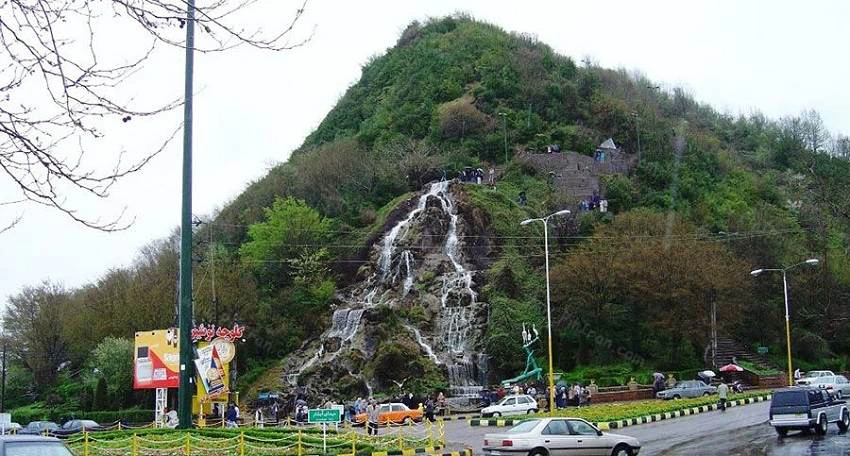
Undoubtedly, Sheytan Mountain tops the list of Lahijan’s most fascinating attractions. You might find it interesting that the name “Sheytan” (meaning “Devil”) comes from strange and suspicious noises that the people of old Lahijan used to hear from the mountain. It was later discovered that these noises were made by ordinary people secretly entering the mountain.
To reach this site, you have several options. You can travel via Saadi, Hashemi Nejad, or Shahid Rajaee Streets to reach Sheytan Mountain. Once there, you can use various means of transportation including the zip line, cable car, or even walk. As soon as you reach the Sheytan Mountain forests, you’ll be mesmerized by the stunning views of tea plantations below.
Don’t miss the Sheytan Mountain waterfall and the thrill of the cable car ride if you visit Sheytan Mountain.
2.Green Roof
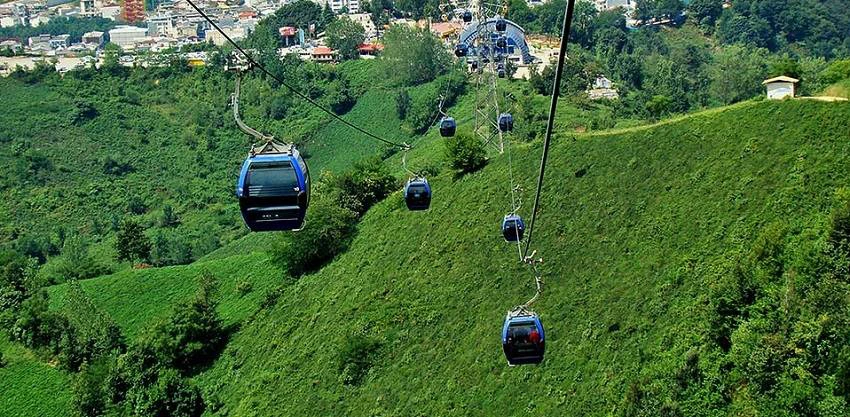
The Green Roof is another notable site in Lahijan and is essentially a product of the pristine nature of Sheytan Mountain. This area, located at the highest point of Sheytan Mountain, is named for its lush nature and beautiful tea fields that shine like a green gem.
The appeal of viewing Lahijan city from the Green Roof is so high that it has become one of the most frequented attractions. If you visit Sheytan Mountain, it’s best to end your trip with a visit to the Green Roof.
3.Lahijan Cable Car
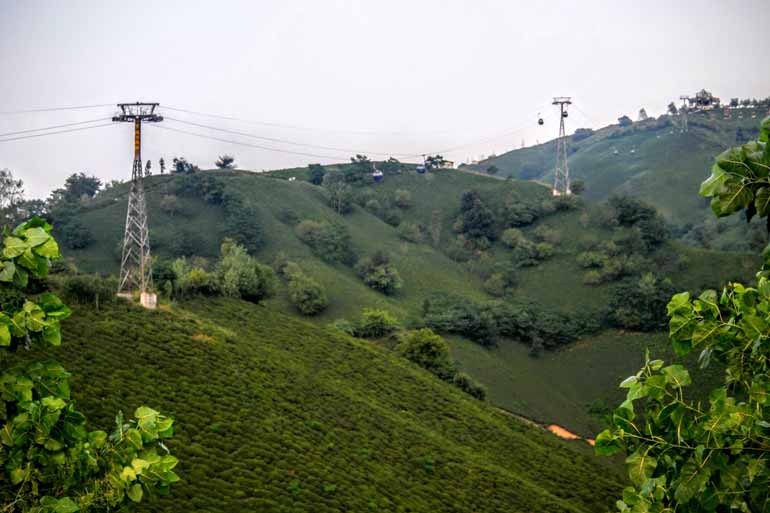
The Lahijan cable car offers a comprehensive view of this verdant paradise. You can either hike or drive up the mountainous road to reach the summit, but a more exciting option is the cable car. The Lahijan cable car travels a distance of 1500 meters in 20 minutes, taking you to the highest parts of Lahijan.
In this cable car, the clouds feel so close that you might think you could touch them if you reach out. As you pass through the clouds, you’ll see the tops of tall trees greeting you, and the beauty of Lahijan’s attractions will unfold before your eyes. Be sure not to forget taking photos of the stunning scenery.
The Lahijan cable car, also known as the Ahrah Cable Car, is part of a recreational complex that includes a café, children’s playground, amusement park, and food stalls. It operates from 8 AM to 8 PM, but it’s best to ride during daylight hours to fully enjoy the 20-minute view of Lahijan’s beauty. The first station of the cable car is called the Summit Station, and the second station is known as the Rooster Crown Station.
4.Lahijan Pool
Among Lahijan’s attractions, the Lahijan Pool is a significant neighbor of Sheytan Mountain. This massive pool, built under the order of Shah Abbas I, covers approximately 17 hectares and has a depth of 4 meters. A beautiful island in the middle of the pool is connected to the southern part of the pool by a concrete bridge.
Historians say that this island was once a grand palace dedicated to Shah Abbas. The area around the pool is surrounded by a beautiful boulevard, which enhances the pool’s scenic beauty.
During your visit to Sheytan Mountain, don’t miss the unique experience of strolling along the Lahijan Pool Boulevard.
5.Mirsafa Forest Park
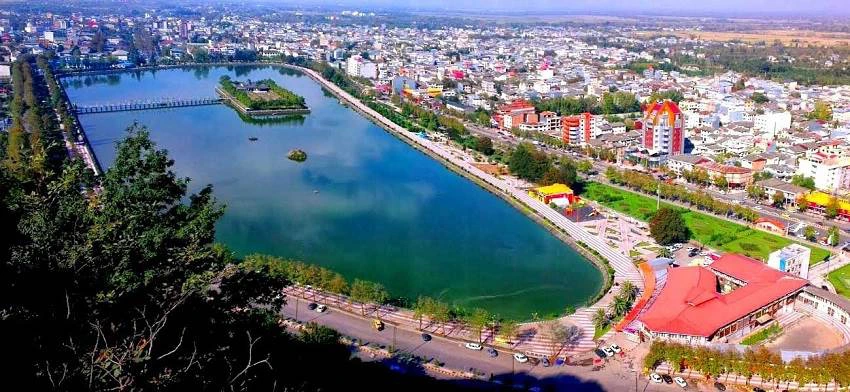
Lahijan is a city surrounded by lush forests. This brief description is enough to guess that the city is full of greenery and forested areas.
Amid the bustle of Lahijan city, near Shaqayeq Street, you’ll find a verdant forest park. This forest park is not artificial but has been a forested area for a long time. Due to concerns about preserving this forest, it was converted into a tourist complex in 2016.
6.Sowstan Lagoon

You might have heard about the famous lagoons and water lilies. Imagine a lagoon like the Sowstan Lagoon in Lahijan, located on the outskirts of Sowstan village in the Nil District of Lahijan. This lagoon, with its colorful and pristine views throughout the four seasons, is a habitat for a variety of birds and aquatic life.
The journey to the lagoon is also filled with natural wonders. As a traveler in Gilan Province, enjoying nature and its marvels is likely your main goal, so don’t miss the beautiful views of the Sowstan Lagoon.
7.Amir Kalayeh International Wetland
The northern part of Lahijan is one of the city’s most touristic areas. The gem of this area is undoubtedly the Amir Kalayeh International Wetland (also known as Shala Kal), which is both a prominent attraction in Lahijan and one of Iran’s valuable freshwater wetlands. This wetland is about 2 meters deep and covers 1230 hectares.
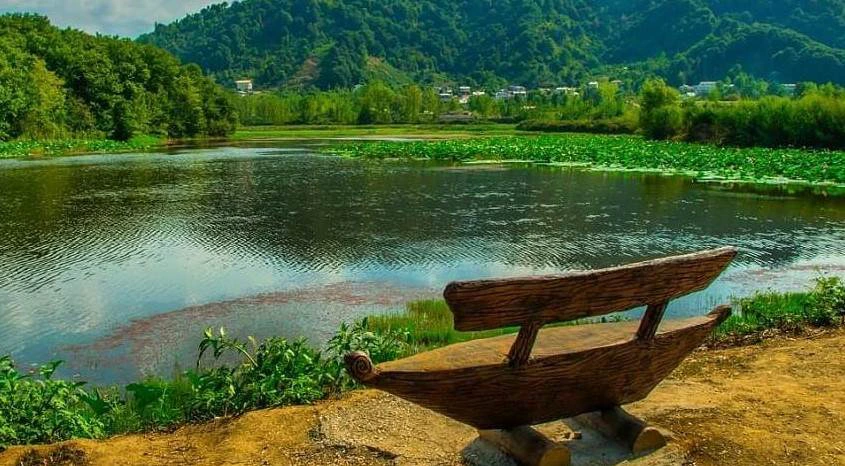
Shala Kal annually hosts thousands of bird and fish species throughout the four seasons. The white water lilies and sea pistachios, known locally as “thaleh,” enhance the wetland’s beauty alongside its diverse wildlife.
If you plan to visit the Amir Kalayeh International Wetland, take the bypass route from Chamkhaleh towards Kian Shahr.
8.Tea History Museum and Kashf al-Saltaneh Mausoleum
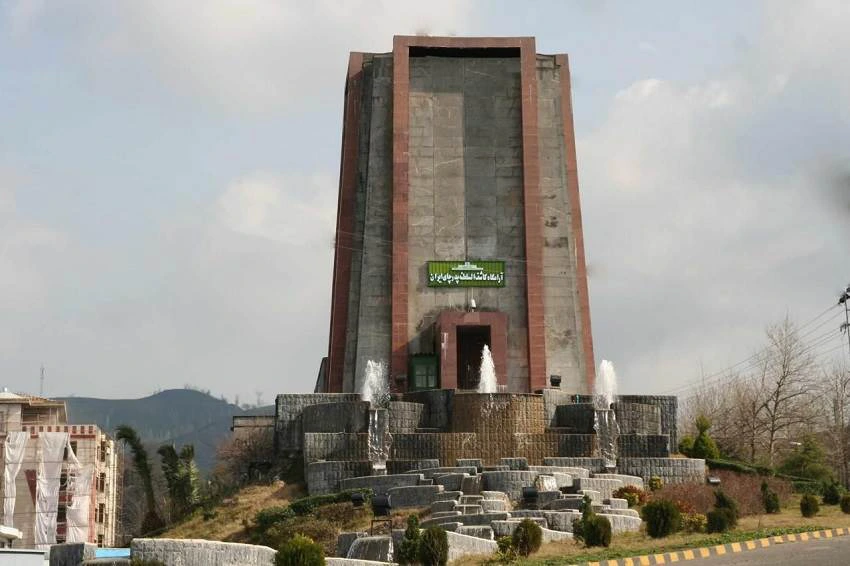
Apart from Lahijan’s numerous natural attractions, the Kashf al-Saltaneh Mausoleum and the Tea History Museum should be at the top of your list. Kashf al-Saltaneh, born Mohammad Mirza Qajar Ghavanlu, was the eldest son of Asadollah Mirza Naib al-Saltaneh, a high-ranking official in the Qajar court. He is recognized as the pioneer of tea cultivation in Iran, earning him the titles “Tea Worker” in the past and “Father of Tea in Iran” today.
The Tea History Museum was later established at the site of Kashf al-Saltaneh’s mausoleum, where you can learn fascinating anthropological and historical information about tea in Iran.
9.Chahar Padshahan Mosque
If you consider yourself a dreamer, visiting the Chahar Padshahan Mosque, one of Lahijan’s attractions, might take you on a brief journey back to the Timurid and Safavid eras. According to some historians and local elders, the Chahar Padshahan Mausoleum, located near Vahdat Square at the beginning of Kashif Street, is a collection of tombs belonging to several members of the Kiyasat family, who were killed in the Battle of Rasht in 791 AH.
However, another account suggests that this site is the tomb of Seyyed Razi Kia (one of the kings of Gilan) and three prominent religious leaders of the time, as religious leaders were also respectfully referred to as kings in that era.
The mosque’s architecture is in the Timurid style and includes several tombs and a mosque with a veranda extending parallel to these rooms. The paintings and tilework on the mosque and veranda walls date back to the Qajar period.
10.Kheshti Bridge
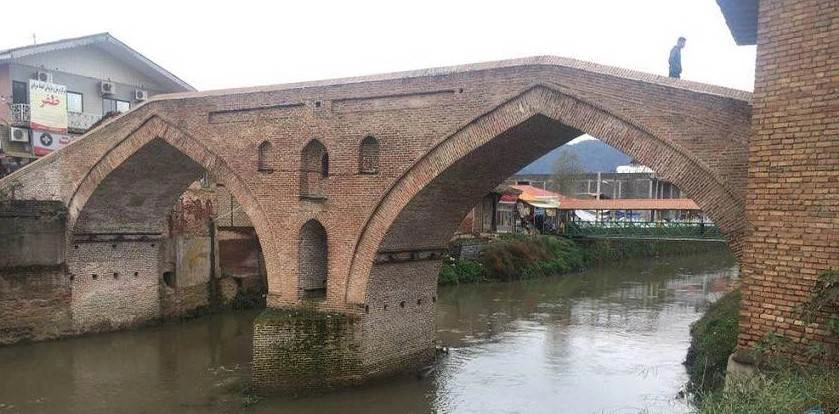
If you head southwest of Lahijan, you’ll come across a historic neighborhood called Parde-Sar, which dates back to the Al-e Kia Dynasty’s rule over Gilan (around the 8th to 10th centuries AH).
In this neighborhood, there is a red brick bridge that, according to Mir Zahir al-Din Marashi, a statesman of the Al-e Kia Dynasty, in his book “History of Gilan and Daylam,” was built by the order of Ne’matollah Tabib (a scholar of various sciences) in 892 AH. The bridge is 50 meters long, 4.5 meters wide, and 11 meters high. The most significant restoration of this bridge occurred during the Qajar period, led by Haji Jafar Khan Bana.
11.Akbarieh Historical Mosque
Lahijan’s historical attractions extend beyond Parde-Sar and Kheshti Bridge. One of Lahijan’s valuable historical treasures is the Akbarieh Mosque, which, with its beautiful architecture, attracts the attention of those interested in architecture and history.
This mosque, one of Lahijan’s attractions, dates back to the reign of Fath Ali Shah Qajar and consists of two parts, old and new. According to historical accounts, the construction of this mosque was initially left unfinished and was completed years later with the addition of another section. The primary benefactor of the mosque’s construction was Haji Akbar Lahijani, one of Lahijan’s prominent figures.
12.Golshan Bathhouse
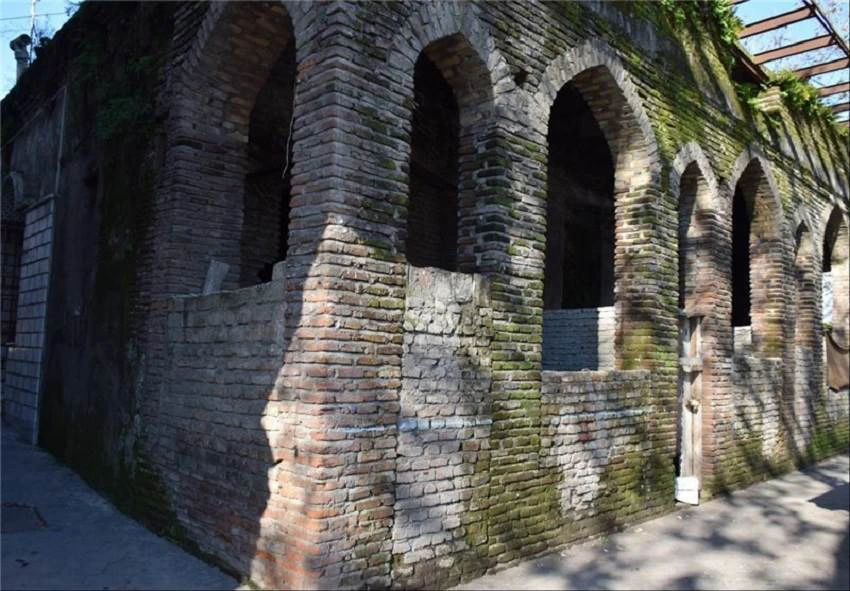
Vahdat Square, which houses many of Lahijan’s attractions, is the main access route to the historical Golshan Bathhouse, dating back to the Qajar era. Although some parts of the bathhouse’s exterior have been damaged due to improper restoration, there are still many fascinating features to see inside.
This bathhouse, covering an area of approximately 1850 square meters, was open to all social classes, from princes and the wealthy to ordinary people and even laborers. The two main entrances, one larger and one smaller, distinguished the spaces for the upper class and the common people.
The function of these two entrances was such that the larger entrance, intended for the common people, led to the bathhouse’s side sections, while the smaller entrance provided access to the cleaner and warmer areas of the bathhouse for the wealthy.
13.Sheikh Zahed Gilani Mausoleum
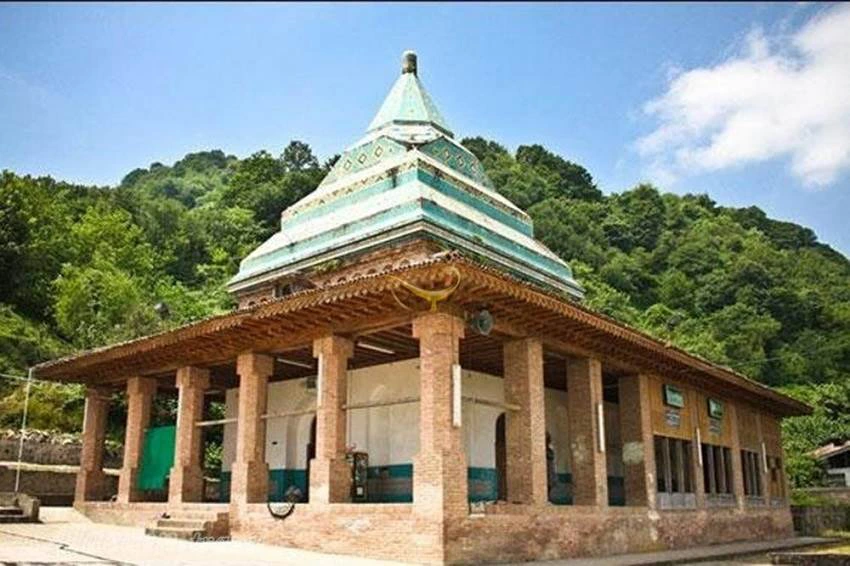
Nestled at the foot of the forested mountains along the road from Lahijan to Langarud lies the small village of Shikhanevar. Sheikh Zahed Gilani, originally named Sheikh Taj al-Din Ibrahim, was a famous mystic from the Safavid era who passed away in 711 AH. Nearly two centuries later, in 892 AH, Sultan Haydar Safavi ordered the construction of the current mausoleum for Sheikh Zahed. According to some historians, this order was prompted by a dream the king had about the dervish.
The most beautiful part of this mausoleum is its intricately designed and stunning eight-sided dome. In addition to this dome, the square and rectangular structures also add to the mausoleum’s charm. Visiting this site, along with other attractions in Lahijan, will complete your trip and introduce you to another of Lahijan’s religious landmarks.
14.Lahijan Traditional Bazaar
Historical and traditional markets are always popular, but the markets in northern Iran have a unique charm, making even a stroll through them a delightful experience. The Lahijan Traditional Bazaar is like a smaller version of the Grand Bazaar of Rasht. This market offers all the local products of Lahijan, from local bird eggs like those of chickens and ducks to the delicious northern specialties like Zeytoon Parvardeh (marinated olives) and pickled garlic.
The Lahijan Traditional Bazaar is ideal for indulging in local foods and observing the vibrant life of the warm and welcoming Lahijani people.
The bazaar is open from morning until evening, but it’s most bustling from morning until just before noon prayer. To reach this market, head towards Chahar Padshahan Square in Lahijan and then enter Kashif Sharqi Street.
You can park your car in the parking lots on Kashif Gharbi Street and Sardar Jangal Street and walk to the Lahijan Traditional Bazaar. The walk between these two streets takes about 20 minutes, allowing you to enjoy other attractions in Lahijan along the way.
15.Sheykhanbar
Sheykhanbar is one of those places in Lahijan that combines natural beauty with historical significance. When you first enter the area, all you see are lush fields and the green forests at the foot of the mountains. However, as you venture further, you’ll notice the ruins of an old mausoleum. These ruins belong to Sheikh Zahed, the maternal ancestor of the Safavid kings. This makes Sheykhanbar one of the primary destinations for the Safavid kings during their travels to northern Iran.
As you explore the area, you’ll also see large stones scattered around the fields. These stones were placed there to create a parade ground for the Safavid army. To reach Sheykhanbar, take the road from Lahijan to Langarud and drive for 3 kilometers. After that, look to the right side of the road towards the mountain slope, and you’ll see the Sheykhanbar area.
16.Lahijan’s Thrilling Zip Line
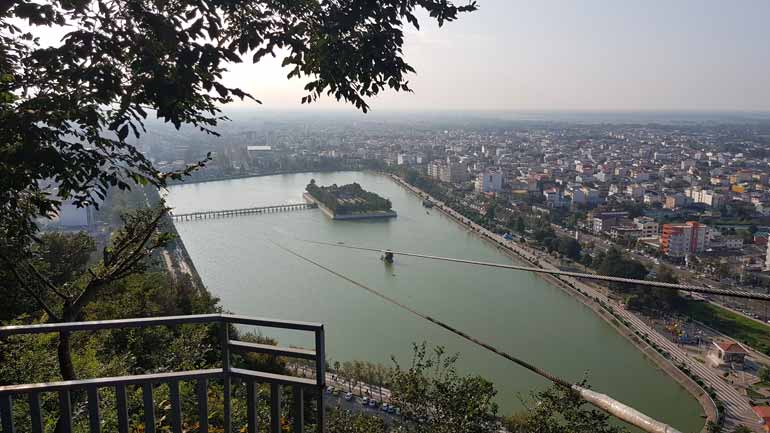
The breathtaking beauty of Bam Sabz and Sheytan Kuh might make you wish you could fly over them and take in the view from above. The cable car and zip line in Lahijan can make this dream come true. The zip line covers a 1,000-meter route, connecting Bam Lahijan and Sheytan Kuh to the lake beside the Jahangardi Hotel, offering you a bird’s-eye view of some of Lahijan’s attractions.
As you glide down from the top of Bam, you’ll feel the city of Lahijan and the lush Bam forest beneath your feet, and part of the journey even takes you over the large lake near the Jahangardi Hotel! This exhilarating ride takes about 5 minutes. The Lahijan zip line operates from 10 AM to 7 PM, with various amenities available in the surrounding area. To reach Bam Gilan, head from Kargar Street to Kashif Square and then enter the Talaye Sabz road.
Lahijan is indeed worth visiting!
While the entire Gilan province is one of the most beautiful regions in Iran for a vacation, imagine missing out on enjoying Lahijan’s famous cookies and tea while taking in the breathtaking views of this city—that would be a great loss! So, if you’re planning a trip to this province, make Lahijan a top priority and plan to visit every single one of its stunning attractions.


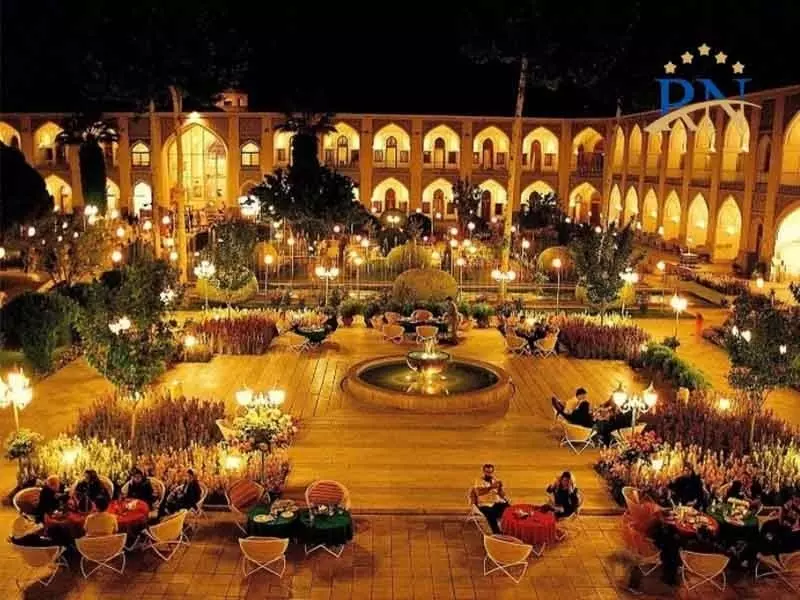
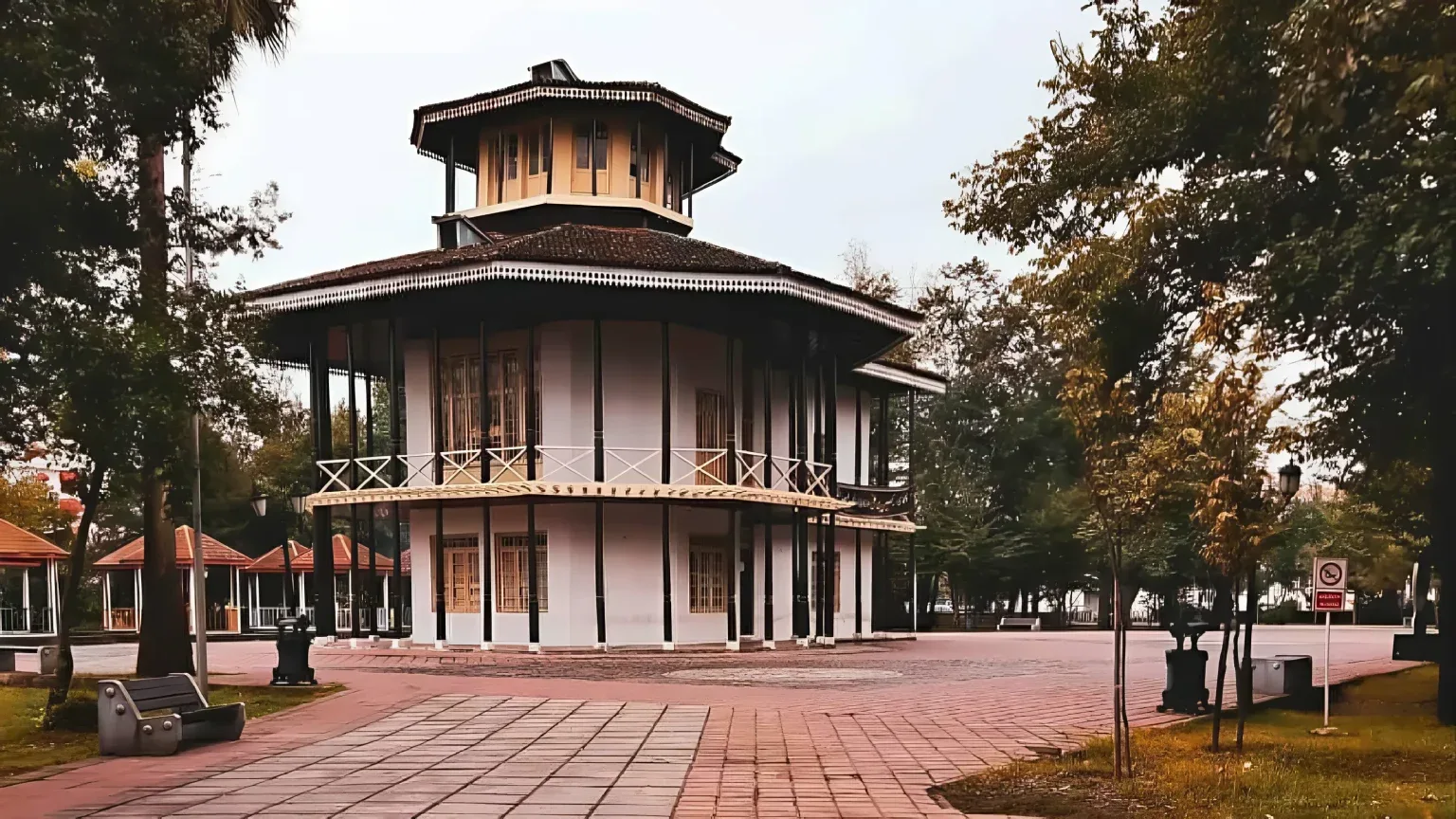
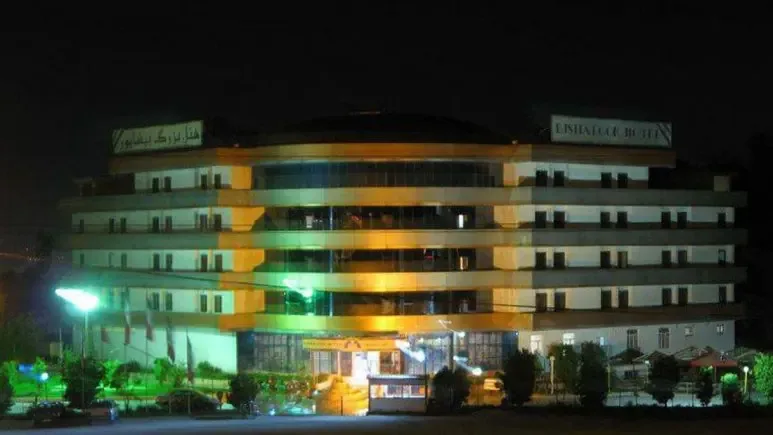

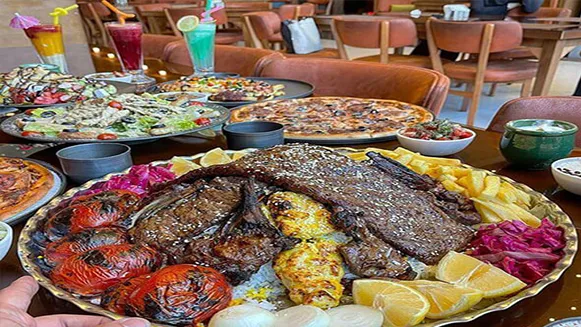
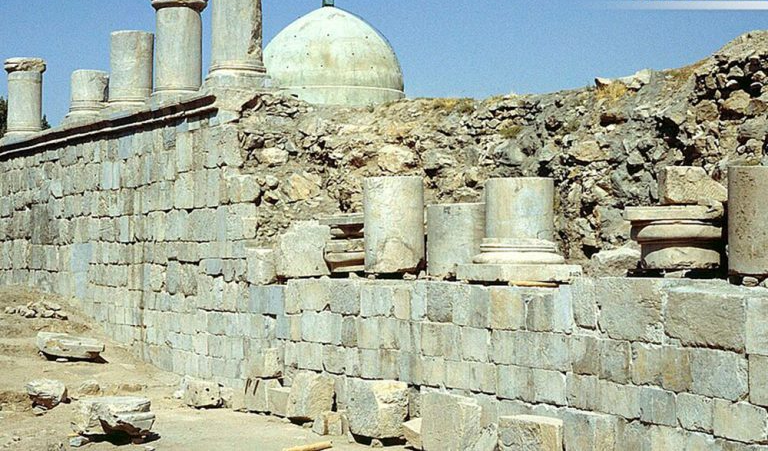
Kheshti bridge is for langarud. Some of the information you provided needs to be corrected